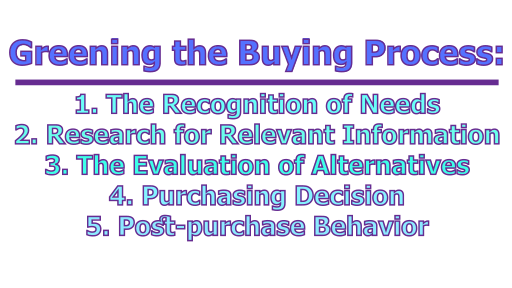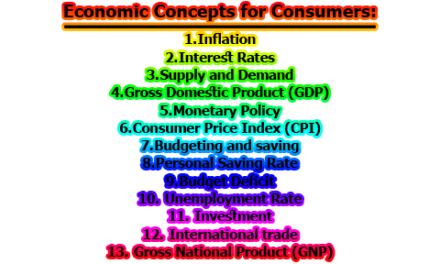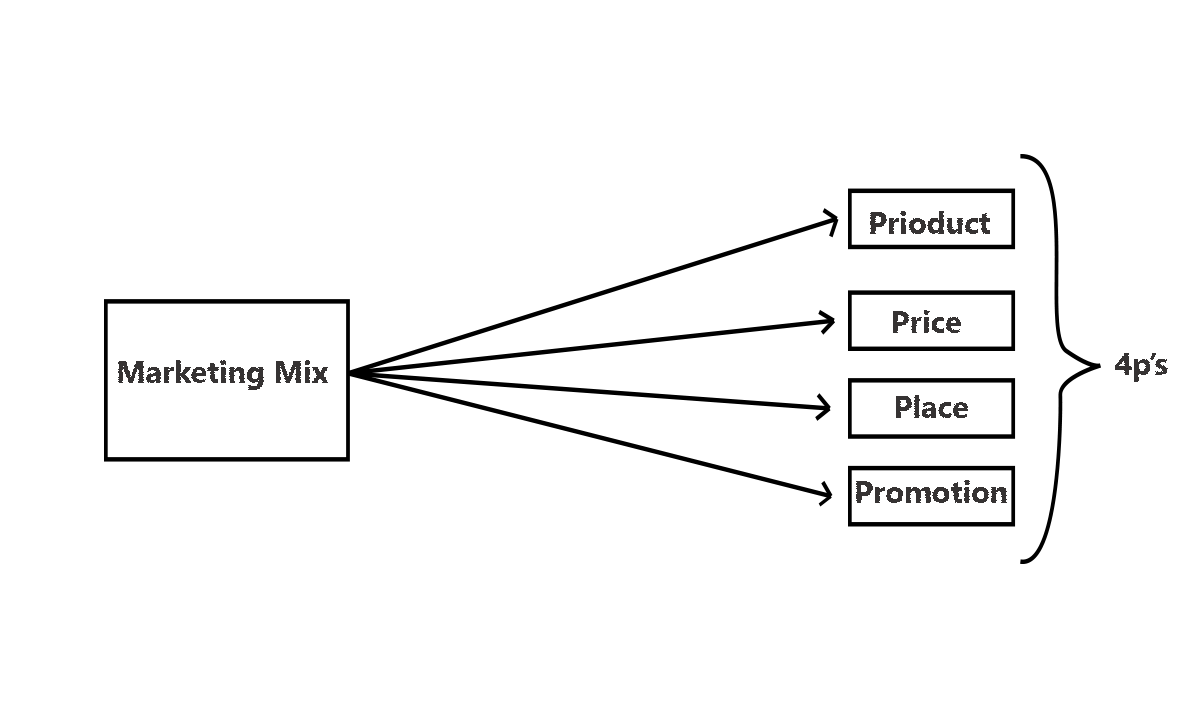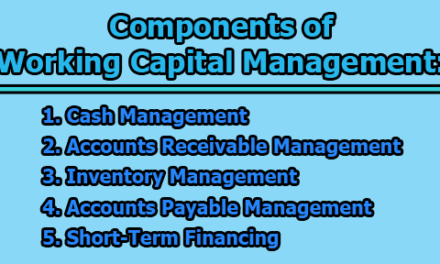Green Consumption:
Green consumer means responsible consumer, green consumption means responsible consumption. From a business perspective, green consumption means socially conscious consumption. In this article, we are going to know about Green Consumption and Greening the Buying Process.
IGI-Global defines Green Consumption, as “Focuses on the competitive market economic laws that state that the limited resources to meet individual and social needs must be efficiently used, while the market should be regulated by authorities in order to stimulate production so that the behavior of producers becomes less oriented towards maximizing profit and more dedicated to optimizing consumption and maximizing the satisfaction of consumer needs, in accordance with the environmental restrictions and regulations.”
According to Sandeep Patil, “Green consumption is the regular practice of consumption of only environmentally friendly products that do not cause any damage to human health and do not threaten the functions and working of any natural ecosystem.”
Environmental Marketing involves Providing Consumers with more sustainable and socially acceptable products, therefore, green Consumption must involve consuming in a more sustainable and socially responsible way.
Green Consumption is the process of avoiding products that are likely to-
-
- Endanger the health of consumers.
- Significantly damage the Environment.
- Consume large Amounts of Resources during production, use, or disposal.
- Cause unnecessary waste.
- Using material-derived Forms endangers Environment.
- Involve cruelty to animals.
- Adversely affect other countries.
Greening the Buying Process:
Consumption is not a single activity but a series of activities that can be described as the buying process. Environment marketing requires a more balanced view of the purchase and consumption process.
1. The Recognition of Needs: Needs come from within ourselves, and are fairly broad in scope. Needs are translated into wants, which relate to specific means of satisfying a given need, usually through the consumption of a product.
In the Green buying process, a consumer thinks about different types of needs when they take Buying decisions. Like-
-
- Physiological needs by a product.
- Safety needs by a product.
- Social needs.
- Esteem needs.
- Self-actualization.
Consumers have a set of needs and a single product can address more than one need. Demand for green products may reflect a long-standing interest in environmentalism, a concern for further generation, and a reflection of the value of the consumer society.
2. Research for Relevant Information: A key element of Green consumption is a desire for more information about the relationship between products and the environment. Consumers want more environmental information than currently pursue information. Exposure to green information sources certainly appears to influence consumer purchasing decisions.
3. The Evaluation of Alternatives: When a need is translated into want and is backed up by the power to purchase then purchase will result generally in a green consumer evaluating many alternatives to take a final buying decision. purchasing is considered in terms of the opportunities and costs of choosing among different potential purchases in the face of limited disposable income for green consumption, these are several levels of alternative purchase behavior.
-
- Non-purchase: For green consumers, not purchasing is an important alternative. He can evaluate the economic value of using the product.
- Borrowing, hiring, and leasing: A green alternative to purchasing and consuming is to borrow, hire, and lease a product. By possessing a product only during usage and returning it to the supply chain afterward, resources are conserved.
- Buying second hand: A Green consumer can buy a second-hand product to evaluate the value of the product.
- Others: Others may be the alternative product, alternative brand, and life span-based purchasing may be the tools for evaluating the product.
4. Purchasing Decision: Having evaluated alternative purchases and alternatives to purchase, green consumers will proceed to take action to satisfy their needs. In addition to deciding what to buy in terms of products and brands, consumers will consider the following purchasing decision:
-
- Where to buy.
- How to buy.
- When to buy.
5. Post-purchase Behavior: Green consumers may behave differently to conventional consumers after a particular purchase has been made.
-
- Product use change: Green consumers may continue to use the same product but in different ways.
- Reuse of Product: A Green Consumer may reuse Part or all of a product in the context of other needs and wants.
- Product disposal: Green consumers will tend to dispose of products safely and where possible usefully.
- Recycling of waste providing: A Green consumer may recycle the waste packager for further uses another may be care and maintenance.
So it is clear that the buying process of green consumption is almost the same as the general buying process, but in the green buying process, consumers think about the environment in terms of product uses.

Assistant Teacher at Zinzira Pir Mohammad Pilot School and College










